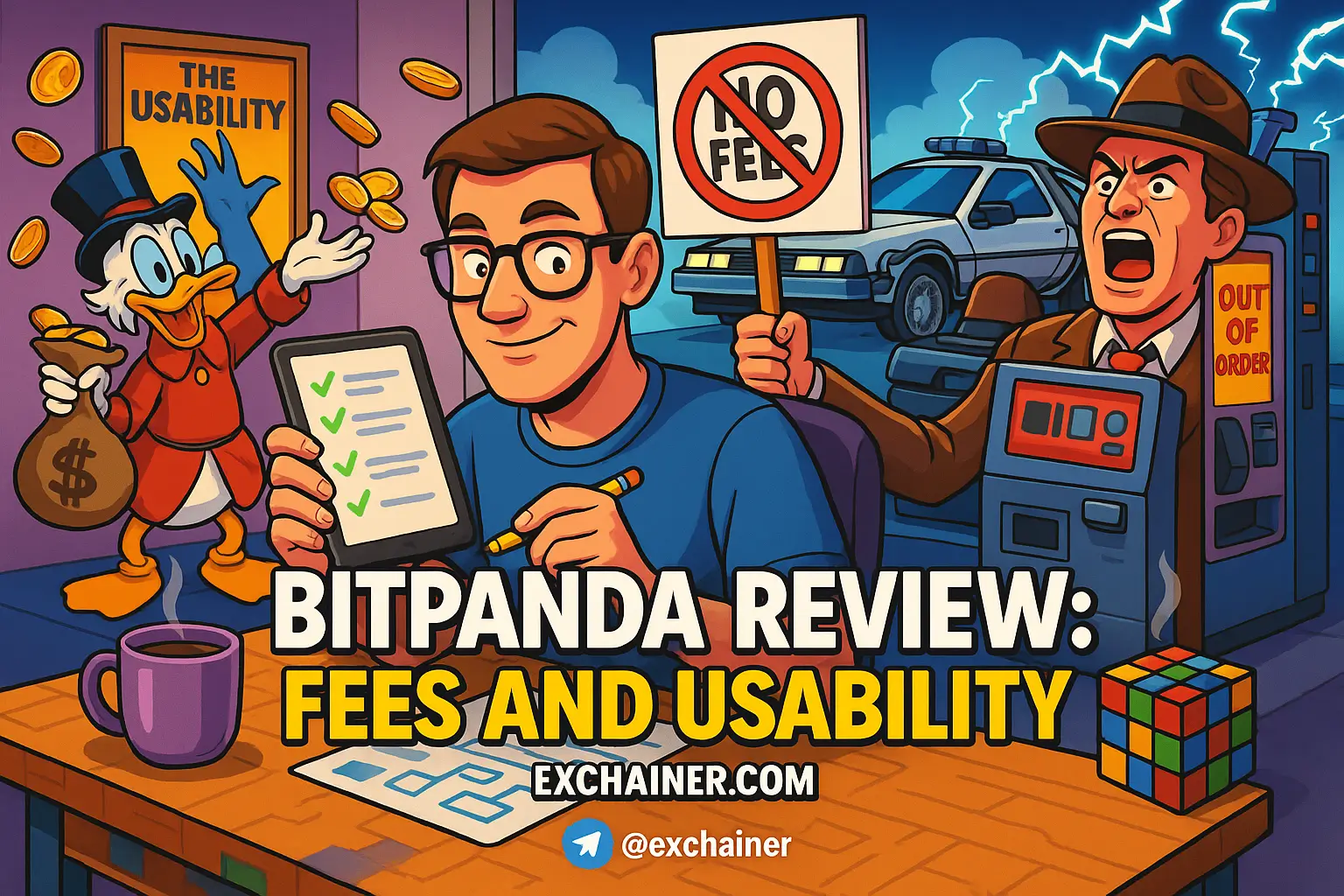In the rapidly evolving world of cryptocurrencies, ensuring the security of your digital assets is of utmost importance. With the increasing number of cyberattacks targeting crypto wallets and exchanges, learning how to effectively test your wallet’s security is a necessity for every crypto holder. Whether you’re a seasoned trader or just getting started, understanding the vulnerability landscape can greatly enhance your wallet's protective measures. This comprehensive guide will walk you through practical steps to test the security of your crypto wallet, providing you with essential strategies and best practices to keep your digital currency safe.
Testing your wallet’s security is not just a good idea—it's a fundamental requirement for everyone involved in the cryptocurrency space. Without proper security protocols in place, you could be leaving your assets at risk. So, grab a comfy spot and let’s delve into the critical aspects of crypto wallet security testing.
Understanding the Importance of Security Testing
Before we dive into the specifics of testing your wallet’s security, it’s vital to grasp why this is necessary. Security testing helps identify vulnerabilities in your wallet, allowing for proactive measures against potential cyber threats. One of the most effective methods is penetration testing, which simulates real-world attacks on your wallet and related systems. By doing so, developers and users alike can identify and rectify weaknesses before they are exploited by malicious actors.
Regular testing is essential in today’s digital landscape, where threats continually evolve and become more sophisticated. For instance, a study revealed that up to 80% of breaches could have been prevented with proper security measures in place. This statistic emphasizes the importance of ongoing vigilance in the world of cryptocurrency.
Key Security Measures
Let’s take a look at some foundational security measures you should implement to protect your crypto holdings.
1. Password and Authentication Practices
Your password is your first line of defense. It's crucial to adopt effective password management strategies:
-
Strong Passwords: Use unique, complex passwords for your wallet, mixing letters, numbers, and symbols. Avoid using easily guessable information, such as birthdays or common phrases. Consider using a password manager to securely store and generate strong passwords.
-
Multi-Factor Authentication (MFA): Implementing MFA adds an additional layer of security, making it significantly harder for unauthorized access. Many platforms offer options like SMS verification or authenticator apps, and it's highly advisable to enable them.
2. Private Key Protection
Protecting your private keys is paramount in securing your crypto wallet. Here are effective practices:
-
Encryption and Secure Storage: Always use hardware wallets or secure elements for storing your keys. Encrypt your keys with robust algorithms like AES-256 to minimize exposure.
-
Hardware Wallets: If you hold a substantial amount of cryptocurrency, consider using cold wallets (offline storage) that aren't connected to the internet. They provide enhanced security against online hacking attempts.
3. Regular Updates and Backups
Keeping your software and backup data current is integral for security.
-
Software Updates: Regularly updating your wallet software and firmware ensures you're protected with the latest security patches. Neglecting updates makes you vulnerable to threats that have already been addressed in newer versions.
-
Backups: Ensure you have secure backups of critical information, like seed phrases, which are essential for wallet recovery in case of loss or compromise.
4. Physical and Network Security
Security isn't just about software; physical and network protections are necessary too.
-
Biometric Security: Many wallets offer biometric authentication such as fingerprint or facial recognition, providing an added layer of security.
-
Network Security: Make sure to encrypt sensitive data both during transfer and while at rest. Utilizing a Virtual Private Network (VPN) can also enhance your security when accessing your crypto wallet online.
Conducting a Security Test
Now let’s explore how to conduct a security test on your wallet.
1. Penetration Testing
Penetration testing involves simulating various attack scenarios to uncover vulnerabilities that might otherwise remain hidden.
-
Simulated Attacks: Consider hiring a professional service or using penetration testing tools to carry out these simulations. They will mimic real threats and help you identify weaknesses in your wallet security.
-
Vulnerability Identification: Tools like Metasploit or OWASP ZAP are great for identifying security flaws. Familiarize yourself with them to carry out thorough testing.
2. Risk Assessment and Mitigation
Once vulnerabilities are identified, take action to mitigate them effectively.
-
Risk Assessment: Conduct a comprehensive assessment to determine the level of risk associated with each vulnerability and prioritize which issues need immediate attention.
-
Mitigation Strategies: Implement changes to reduce identified risks, such as enforcing stronger access controls or updating outdated software components.
3. User Education and Awareness
An educated user is often the first line of defense.
-
Phishing Awareness: Being aware of common phishing tactics can save you from falling victim to an attack. Always verify the authenticity of communications, especially if they ask for sensitive information.
-
Best Practices: Stay updated with the latest cybersecurity trends and best practices for maintaining a secure crypto environment. Follow credible sources for security news in the cryptocurrency space.
Creating a Secure Crypto Environment
Creating a secure environment encompasses several proactive steps beyond just wallet security.
1. Choosing Reputable Services
Choosing the right platforms plays a significant role in your overall security.
-
Reputable Exchanges: Selecting exchanges known for their security measures can greatly reduce the risk of hacks. Always do thorough research before committing to any platform.
-
Secure Transactions: Double-check recipient addresses before completing transactions. Consider features like transaction signing for an extra layer of protection.
2. Access Control and Monitoring
Limiting access to your wallet is critical in safeguarding your assets.
-
Access Controls: Implement strict access controls—limiting who can access the wallet and what actions they can take.
-
Continuous Monitoring: Regularly check your wallet for unusual activity. Setting up alerts for any transactions can quickly notify you of unauthorized actions.
Conclusion
Securing your crypto wallet is an ongoing process that involves a combination of effective security practices, periodic testing, and staying informed. By understanding the importance of penetration testing and implementing robust security measures—as well as educating yourself about the latest threats—you can significantly bolster the security of your digital assets.
In a world where cyber threats continuously evolve, taking proactive security measures is crucial for safeguarding your cryptocurrency holdings. Take the time to conduct your security tests diligently and often, as the peace of mind that comes from knowing your assets are secure is well worth the effort.
We're here to help you on your journey to becoming well-versed in cryptocurrency. For more insightful guides, explore crypto basics, check out exchange reviews, catch up on the latest updates in crypto news, and discover essential tools in wallets and tools. Start your crypto journey today and ensure you're well-prepared to navigate the exciting world of cryptocurrency!












